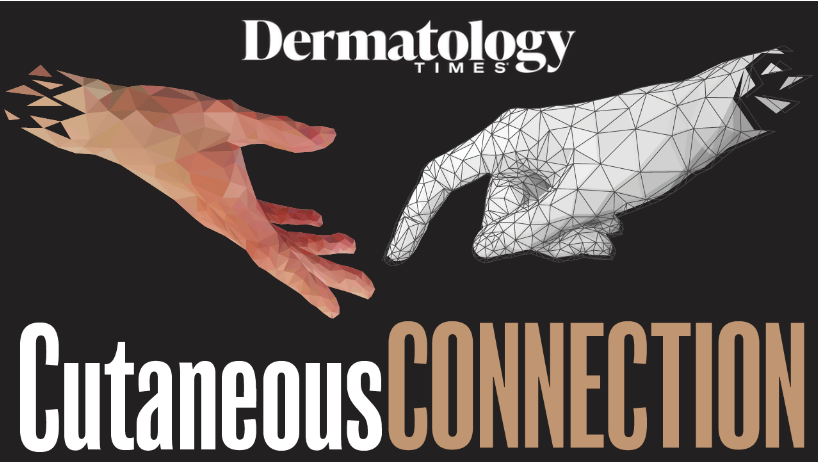Transformative Potential of Noninvasive Imaging in Managing Vitiligo

A recent letter to the editor published in the Journal of Cosmetic Dermatology by Tan et al has highlighted the transformative potential of non-invasive imaging modalities in managing vitiligo, an autoimmune pigmentary disorder that presents unique challenges in treatment and monitoring.
Effective monitoring is pivotal in optimizing treatment strategies for vitiligo. Non-invasive imaging tools offer clinicians the ability to evaluate skin changes without relying on invasive biopsies, thus improving patient comfort and outcomes. One such tool is optical coherence tomography (OCT), an advanced imaging technique that integrates optical interferometry with near-infrared light to generate high-resolution, 3D images of the skin.
According to Tan et al, OCT enables imaging up to 1–2 mm deep into the skin, providing a unique capability to visualize changes at the dermal and epidermal levels. The technology has demonstrated efficacy in detecting early signs of melanocyte recovery following treatments such as skin grafting, and in visualizing repigmentation, assessing melanin distribution and density, and identifying structural changes.
While OCT provides unique advantages, it is often compared with other imaging techniques, such as reflectance confocal microscopy (RCM). However, the two technologies complement each other's strengths, making them valuable in tandem for a more holistic view of vitiligo treatment responses.
Clinical case studies have shown significant promise in using high-resolution full-field optical coherence tomography to track melanocyte recovery and quantify melanin changes in patients undergoing tissue grafting. These findings underscore the utility of OCT in guiding clinical decision-making and refining therapeutic approaches.
As advancements in OCT technology continue, promising areas of research include AI integration for enhanced image analysis and automated diagnostics, targeted drug delivery using OCT to guide therapeutic agent delivery to specific skin layers, and multispectral imaging combination for comprehensive pigmentation analysis. The potential for improved resolution and depth will also expand the capabilities of OCT systems.
The findings from Tan et al. underscore the transformative potential of non-invasive imaging in managing vitiligo, offering a promising tool for clinicians and patients alike. Continued research and technological integration hold immense potential for advancing dermatological practice and improving patient care outcomes.
